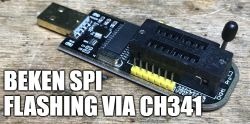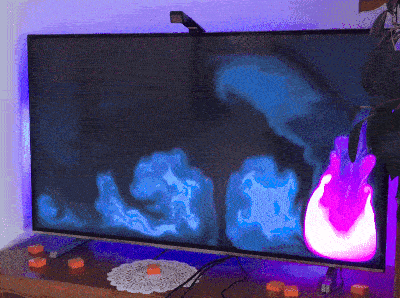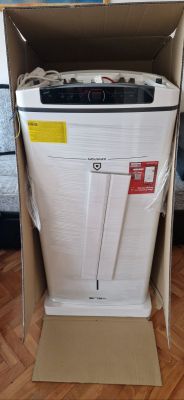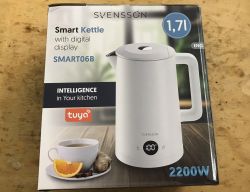Hello
(my first topic- don't throw rocks)
I need to integrate one device in Home Assistant, the device name is Atorch DT20HBW:
https://www.youtube.com/watch?v=VEQWkEoxd1M
https://www.aliexpress.com/item/1005007168934...ml?spm=a2g0o.cart.0.0.378f4ae4TWJZOA&mp=1
I was able to identify some of its chips:
-CB2S
-RN8209C
-CH582M
I see also some available solder connections on the PCB: V / G / D- / D and PB22(?)
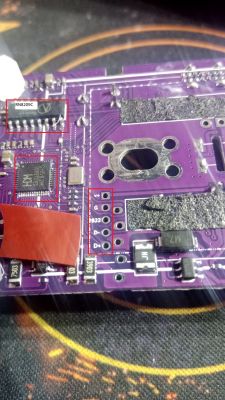
Can someone please advise what the best approach will be for a beginner?
I'm asking since I could not find info for CH582M chip so far...
(sorry for my English)
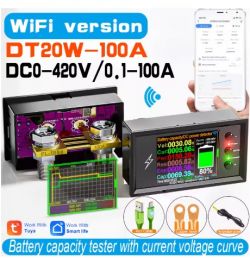
AI: Can you provide more details about your current Home Assistant setup, such as the version you are using and any existing integrations?
I'm using Home Assistant mainly for monitoring my off-grid solar system (4 x growatt 6000es inverters, 75kwh Lifepo4 15s battery (diy), 15kwp solar panels) already integrated in HA: LK3 tinycontroller, 5 x TOMZN 63W AC energy meters, Hyundai heat pump, DIY wireless BMS homemade, etc.
AI: What specific functionality or outcome are you hoping to achieve by integrating the Atorch DT20HBW with Home Assistant?
I need to monitor the energy on the DC side (solar panels, battery, Home lights (all of my home lights work on 48V DC).
(my first topic- don't throw rocks)
I need to integrate one device in Home Assistant, the device name is Atorch DT20HBW:
https://www.youtube.com/watch?v=VEQWkEoxd1M
https://www.aliexpress.com/item/1005007168934...ml?spm=a2g0o.cart.0.0.378f4ae4TWJZOA&mp=1
I was able to identify some of its chips:
-CB2S
-RN8209C
-CH582M
I see also some available solder connections on the PCB: V / G / D- / D and PB22(?)

Can someone please advise what the best approach will be for a beginner?
I'm asking since I could not find info for CH582M chip so far...
(sorry for my English)

AI: Can you provide more details about your current Home Assistant setup, such as the version you are using and any existing integrations?
I'm using Home Assistant mainly for monitoring my off-grid solar system (4 x growatt 6000es inverters, 75kwh Lifepo4 15s battery (diy), 15kwp solar panels) already integrated in HA: LK3 tinycontroller, 5 x TOMZN 63W AC energy meters, Hyundai heat pump, DIY wireless BMS homemade, etc.
AI: What specific functionality or outcome are you hoping to achieve by integrating the Atorch DT20HBW with Home Assistant?
I need to monitor the energy on the DC side (solar panels, battery, Home lights (all of my home lights work on 48V DC).



